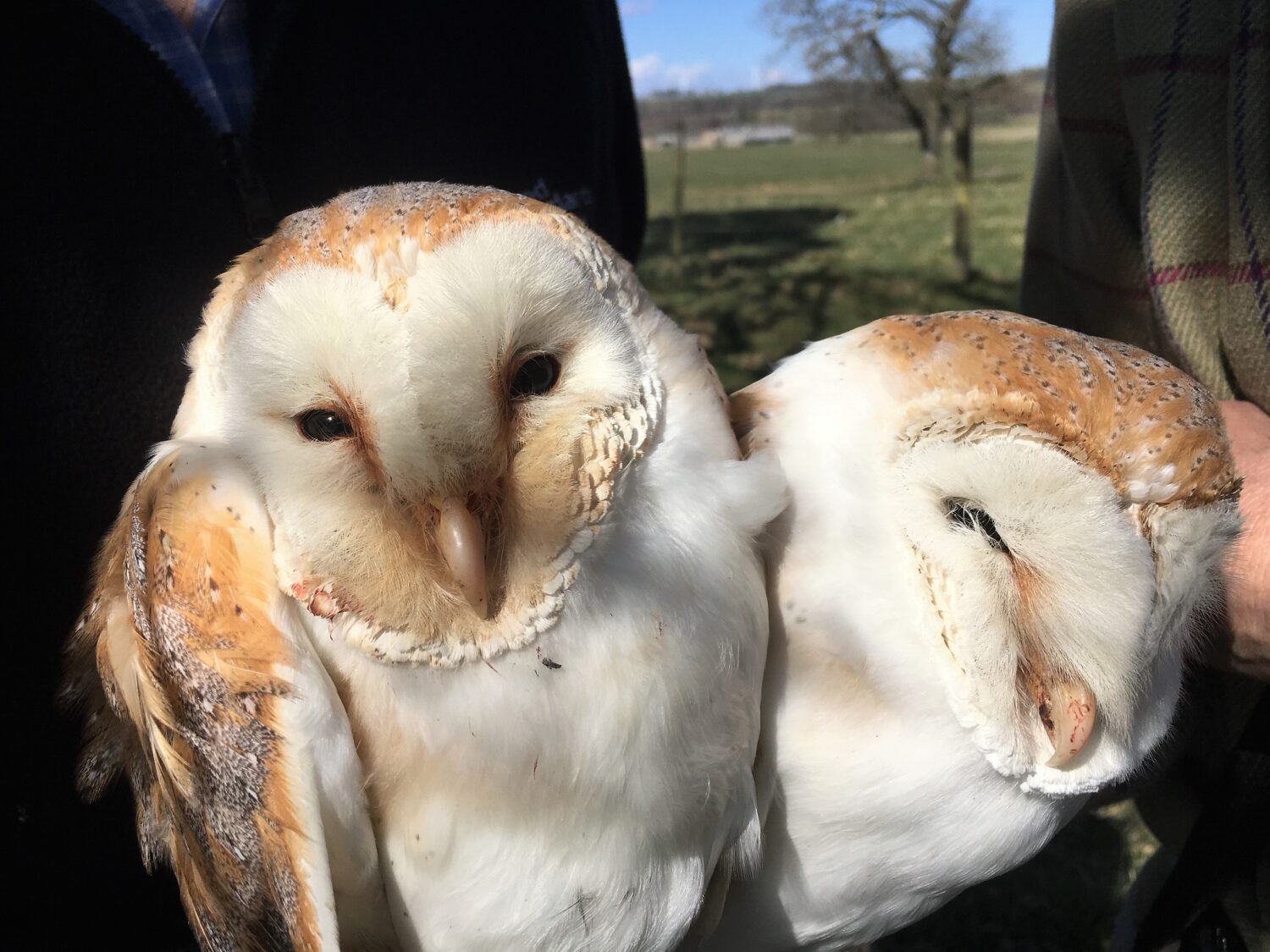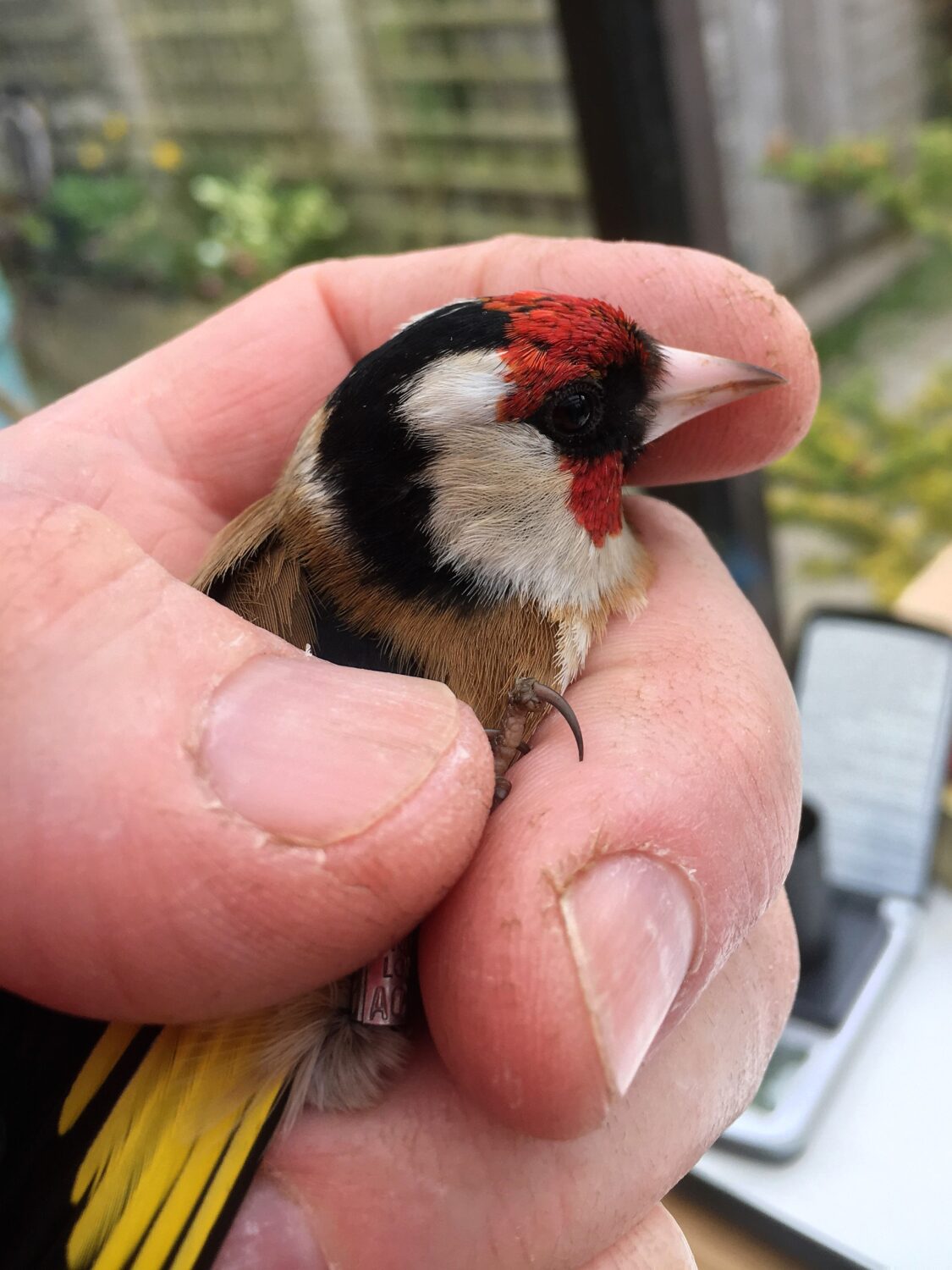Ornithologist, Phil Hanmer, shares an April update summarising bird monitoring across Northumberland throughout the month.
Early this April lots of people told me how they had seen Barn Owls out in the middle of the day – and some have thought this indicated that things were going well for Barn Owls. Unfortunately, this is not what these unusual daytime sightings indicated. What was actually happening was that the owls were desperately hunting for food after being effectively grounded by the excessive rain, followed by snow, that we experienced this late winter/early spring. There is no extreme shortage of food and things do now seem to be settling down a bit. I will tell you after June how well they are really doing when we have checked for new young owlets but I suspect it will be a later year and probably less successful year than last. The only return from the BTO this month came in information passed on by a fellow ringer about the eight-year-old female owl that nested near Fallodon. I reported last month that owl [GR10757] was again in her nest box although had not laid any eggs yet; unfortunately, she was found dead near Dunstanburgh Castle on the 13 April; being underweight when we checked on her it is likely she was out hunting when something happened to her.

For a short time in April, we continued our sample check of barn owl boxes (and undertook urgent repairs and clean-outs). We found a pair of owls in residence near Warkworth; the male, 6 or 7-year-old, with his mate who is only 3. Another pair near Bilton that are both 3 or 4 years old and in a box near Netherwitton an alive female owl that we know successfully raised young last year was, unfortunately, sharing her box with her dead mate. Another pair also near Netherwitton had a male that is 6 years old having been ringed as an owlet five km away in 2015. Finally, we did a pair of sleepy owls south of Rothbury (the female of which is 7 years old) a good deed when we excavated about 80% of their box of old owl pellets and other debris. The space they were crammed in may have been cosy but it could not have accommodated a nest of young owls. This debris was the result of the box being nested in continuously for several years. Other owl related work this month saw us check for Tawny Owl incubating eggs and so far, finding only one in 19 boxes; so it’s looking like a poor year on my patch for these early nesters. In 2020 we had six from the 15 sites that we were able to check.
Collaboration with the Rock Estate saw three new Little Owl boxes and two new Barn Owl boxes being put up; thank you to them for being so proactive.
The weather let me do a small amount of mist-netting near home on the 26 April. These included two Chiffchaff who recently arrived back from the Senegambian region of Africa, south of the Sahara. One was probably a female a few years old; while the other a positive male hatched just last year. There were also a few Siskins; my favourite little travelling finch, showing definitive signs of starting to breed as the females. were developing brood patches, to keep their eggs warm. So, it seems a few at least are nesting near my house (there were very few about in 2020). There were also some Goldfinches who never seem to nest very early in the year. However, the bird in the hand shown can be recognised as a male by the back projection of red feathers behind the eye.
In May we move onto the serious monitoring of small (passerine) nesting birds; including Tits, Tree Sparrows and others that use nest boxes.
